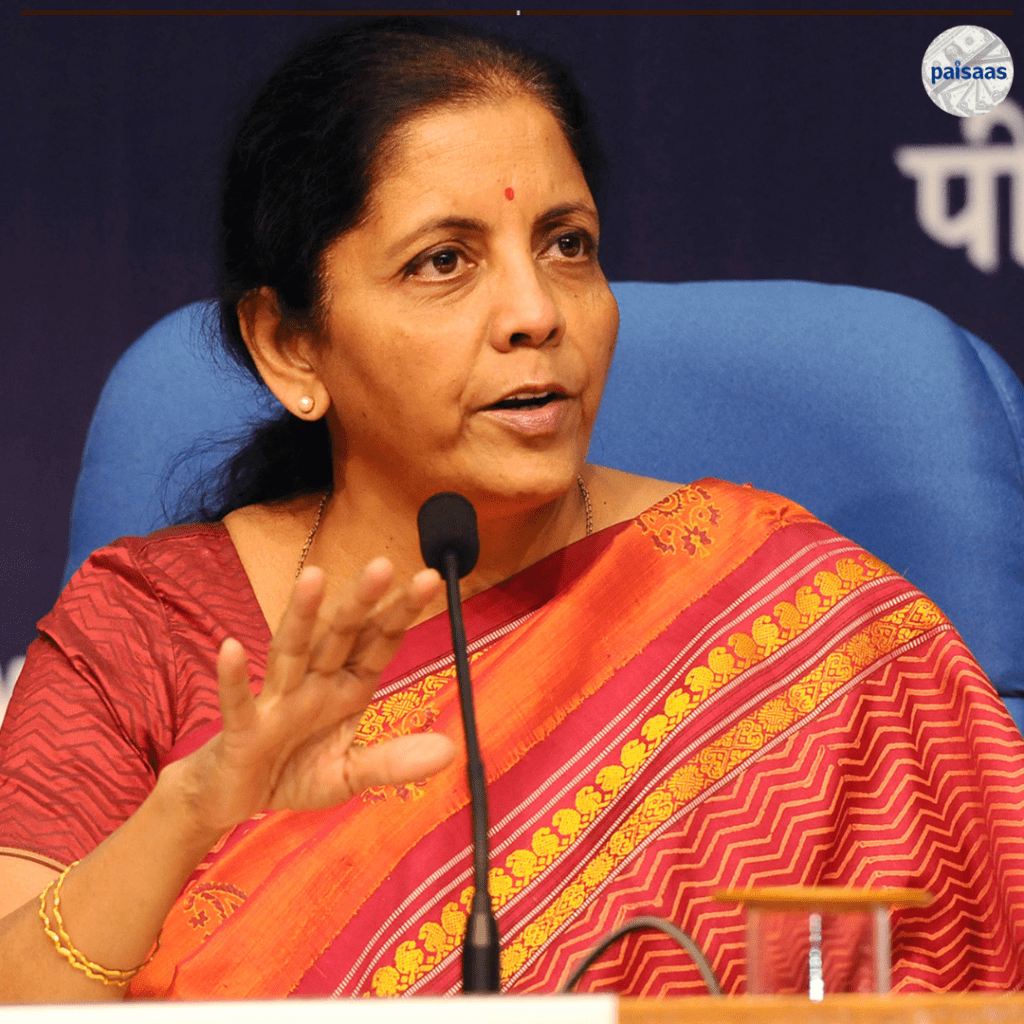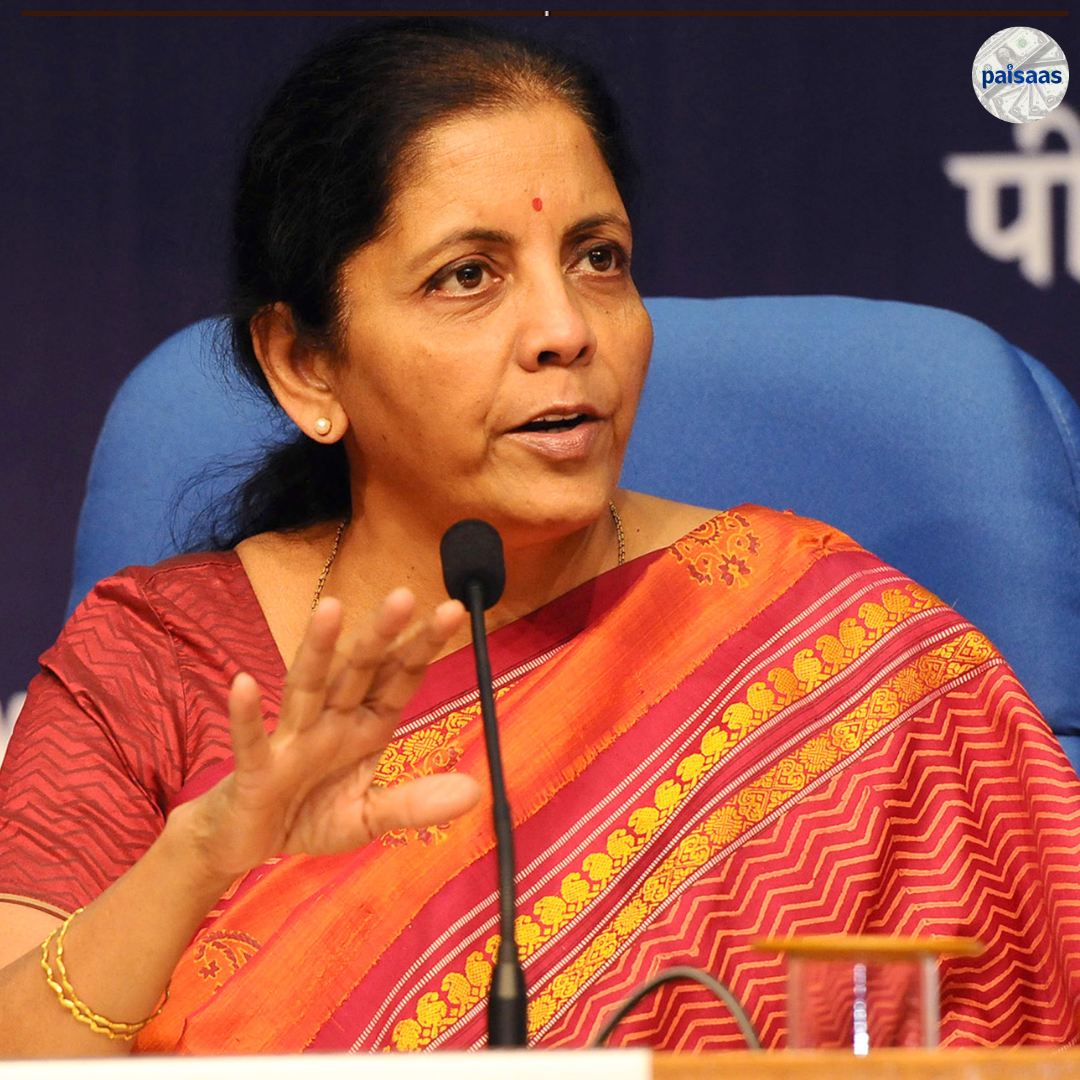

FM stresses honesty in reporting defaulted loans.
FM stresses honesty in reporting defaulted loans.
Nirmala Sitharaman, the minister of the Union’s finance department, stated on Thursday, during a review of the performance of public sector banks, that these institutions must adhere to a “fair and transparent recognition” of bad loans. The comment made by the finance minister was made at a time when Indian banks are bragging about having one of the cleanest balance sheets they have had in well over a decade.
She pleaded with the financial institutions to implement stringent risk reduction and management procedures so that they could maintain their trajectory towards expansion while maintaining their profitability.
One of the most important aspects of her speech was her exhortation to the financial institutions to get themselves ready to satisfy the rising credit needs of a growing economy, which the nation is still managing to do in spite of the headwinds of a slowdown in major markets such as the United States, the Eurozone, and China, in addition to the various geopolitical tension points.
According to research studies, the amount of net non-performing assets held by banks has decreased to around 1%, while the amount of gross non-performing assets is approximately 4%. It wasn’t until 2008, more than a decade and a half ago, that net non-performing assets dropped below the one percent barrier.
The gross nonperforming assets (NPA) of banks in the public sector were at 4.97%, while the net NPA was 1.24%.
The cleaning up of the books of public sector banks has also yielded to sparkling bottom lines as a result. PSBs made a cumulative aggregate net profit of around Rs 1.05 lakh crore in 2022-23 as a result of the cleaning up of their books. This sum is not just a record for earnings, but it is also over three times as much as was made in 2013-2014.
The review conference with the senior management of PSBs focused on the macro trends, better business sentiment, “twin balance sheet advantage,” and performance of the state-run banks, according to a statement that was published by the ministry.
It was observed that the performance of the banks made quantum leaps in significant financial indicators to such as asset quality, credit deployment, profitability, and capital sufficiency during the course of the period being analysed.
It was also found that the banks have a high capital to risk-weighted assets ratio of 15.53 percent, which is backed by clean balance sheets and a provision coverage of 90.68 percent. All of these factors equip the banks to effectively meet the credit demands of a developing economy.
Additionally, the minister of finance instructed the nation’s banks to provide a continuous flow of credit to the rural and agricultural sectors, with a particular emphasis on meeting to priority sector lending criteria in a variety of subcategories. She also asked the heads of the banks to reach the objective for projects like the Prime Minister’s AtmaNirbhar Nidhi initiative for street vendors.
In her second piece of advice, Ms. Sitharaman said that the sponsor banks of regional rural banks should continue monitoring the performance of such institutions and should carry out time-bound technological improvements in order to make the banks more effective and efficient. Because a lower percentage of individuals living in rural areas have to bank accounts than the population to that lives in metropolitan areas, this would be helpful to the population that lives in rural areas. On the other hand, the number of people living in metropolitan regions who possess credit cards is significantly higher.




